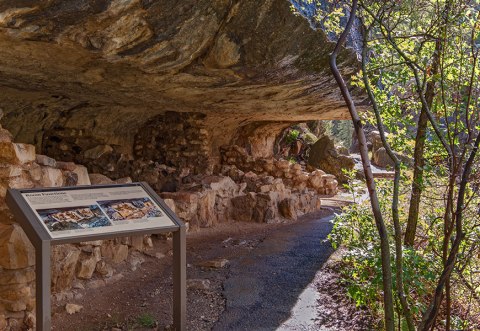Here Are The 12 Oldest Towns In Arizona...And They're Loaded With History
Arizona is a pretty young state; it was the 48th and last of the contiguous states to join the Union. However, Arizona still has plenty of history and that includes these 12 towns that were founded and incorporated years—and, in one case, centuries—before Arizona ever became a state. Check them out:
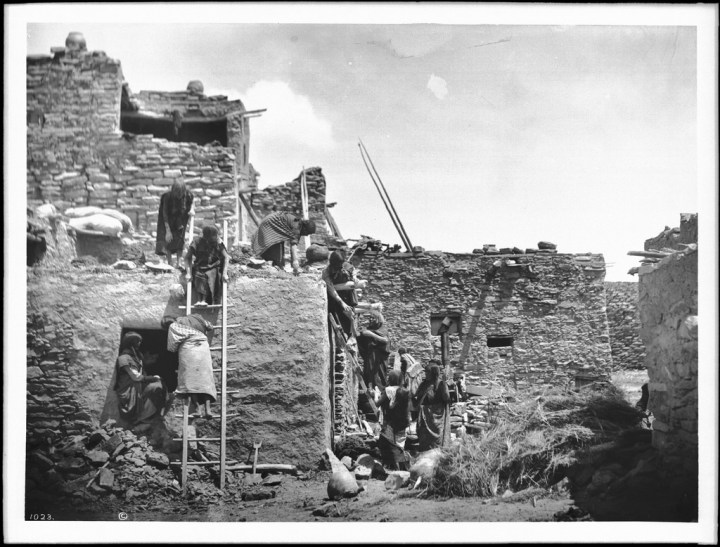
This Hopi village sits on Third Mesa in the Hopi reservation and is considered the oldest continuously inhabited community in the United States as it was founded around 1100 AD. The village is also known as Old Oraibi since a cultural split between residents here led to the founding of Kyokotsmovi (New Oraibi) in 1890. Oraibi is also known to be the more traditional of the two villages and does not allow photos to be taken here.
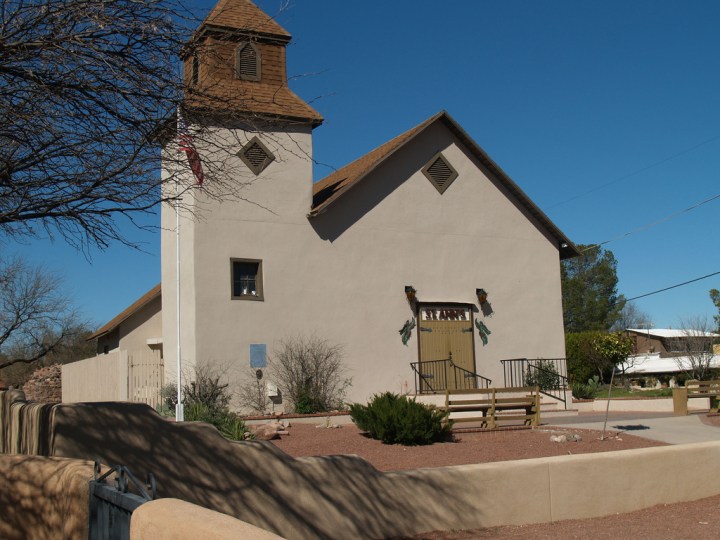
Established as a Spanish military fort in 1752, Tubac originally served as one of the stops for Spaniards traveling between Mexico and California. The town was abandoned for a period of time starting in the 1750s and 1840s after facing heavy retaliation from local tribes, until it was repopulated by miners and ranchers.
Advertisement

Tucson has a much older past than its American incorporation date in 1877. The Hohokam settled the area around 600 AD when it was prime farming land with irrigation canals. The Spanish established small settlements in the area, which included the founding of the Mission San Xavier del Bac in 1700 and a military fort in 1775 called Presidio San Agustín del Tucsón. The town eventually became known as Tucson and was the Arizona Territory capital until 1877. That same year, it was incorporated and is officially the oldest incorporated city in the state.
Advertisement
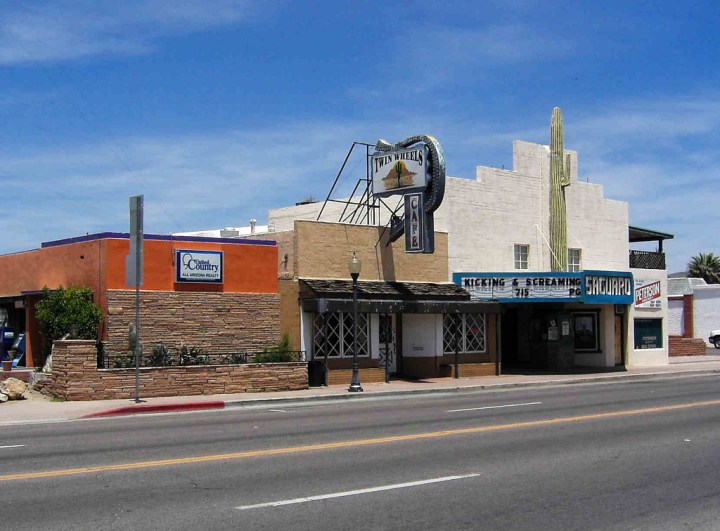
Wickenburg was founded as a mining town in 1863 shortly after a nearby gold mine was discovered by Henry Wickenburg. The Vulture Mine opened later that year and the now ghost town Vulture City was founded right next to the mine.
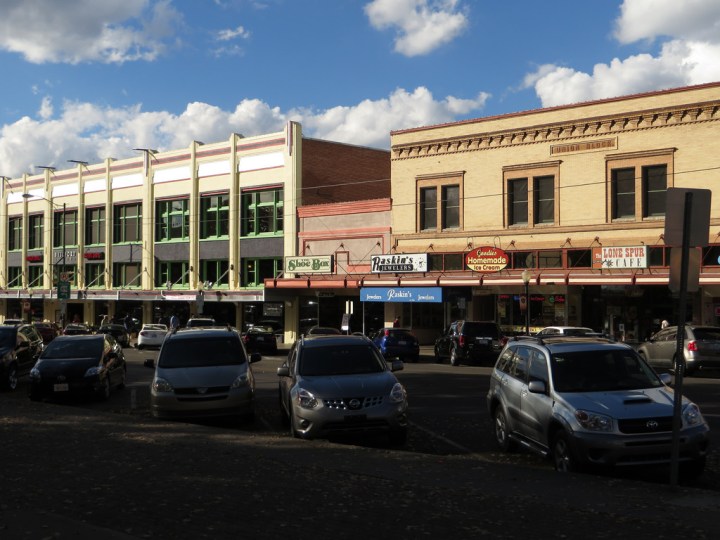
Prescott was founded in 1864 by then Territorial Governor John Goodwin as the capital of Arizona. It was named Prescott in honor of historian and writer William H. Prescott. The town served as the capital for only a few years until the capital was moved to Tucson in 1867.

Florence was settled as an agricultural community in 1866 by Civil War veteran Levi Ruggles, making it one of the oldest towns in the state. Along with farming, the town also became known for ranching and, in 1875, mining with the discovery of the nearby Silver King Mine.

The Hohokam lived in the Phoenix area and other tribal groups later came to call this area home, including the Akimel O'odham, Maricopa, Yavapai, and Apache groups. There was an established American military presence in the area starting in 1865. In 1867, a Confederate veteran named Jack Swilling founded a small farming community in the area. The town held its first elections in 1871 and was incorporated in 1881.
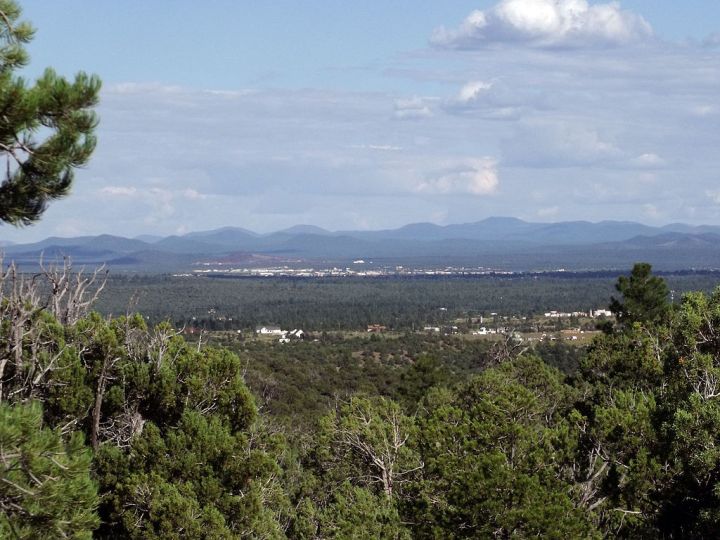
I think everyone is familiar with the name origin of Show Low, but in case you aren't check out our article that features the history behind the name. The city was established in 1870 but wasn't incorporated until 1953. Today it is considered the largest city in the White Mountains.
Advertisement
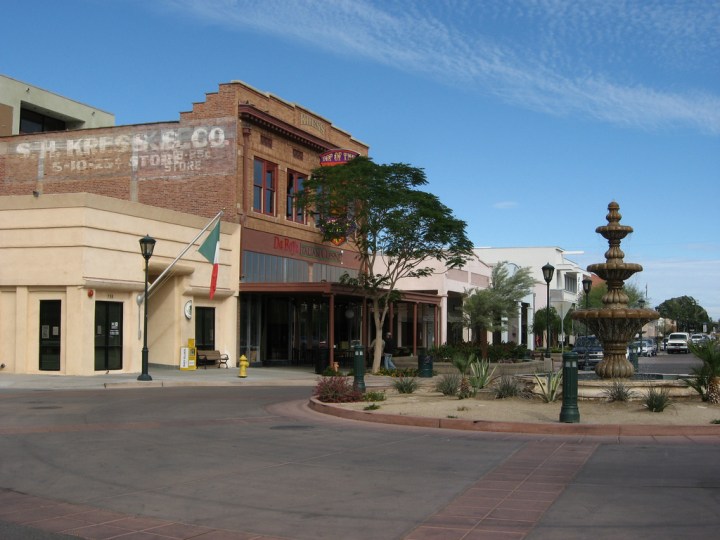
Yuma was originally considered "on the map" in 1774 when the Spaniards were establishing a transportation route between Mexico and California. However it wasn't until the 1850s when small American settlements were established in the Yuma area on both sides of the Colorado River. Eventually the places on the Arizona side became Yuma in 1873
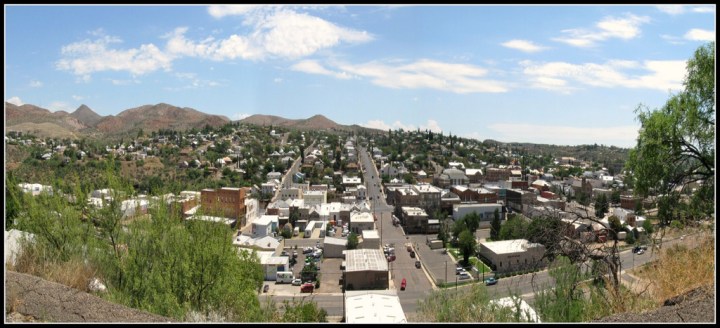
The Globe area was originally the home to a group of Salado people until about 1400 AD but it was also part of the homeland for the Chiricahua Apache. The town was founded between 1875 as a small mining camp for the nearby and plans for establishing a town here were made the following year. Globe was named the county seat in 1881. Ever since its founding, Globe was long considered an epitome of the frontier town, with all the shenanigans one would expect in a Western town.
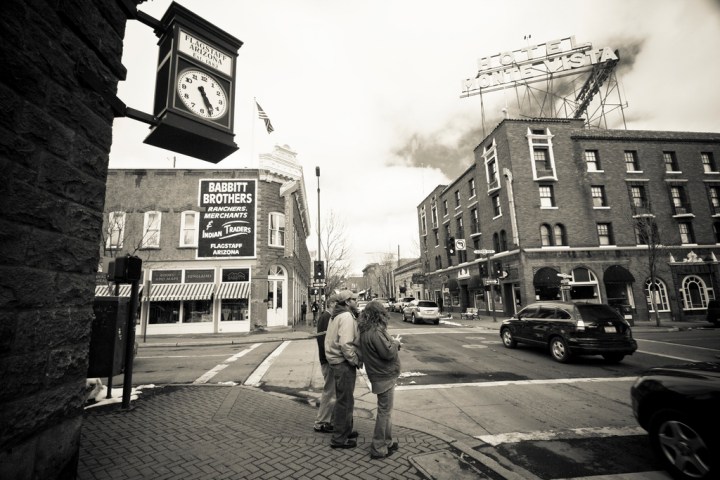
On July 4, 1876, a scouting party erected a makeshift flag pole on a ponderosa pine tree in what is now Flagstaff. That same year, the first permanent American settlement was established and Flagstaff's growth took off from there. Within 10 years, it became one of the largest railroad cities and in the 1890s, the Lowell Observatory was established.
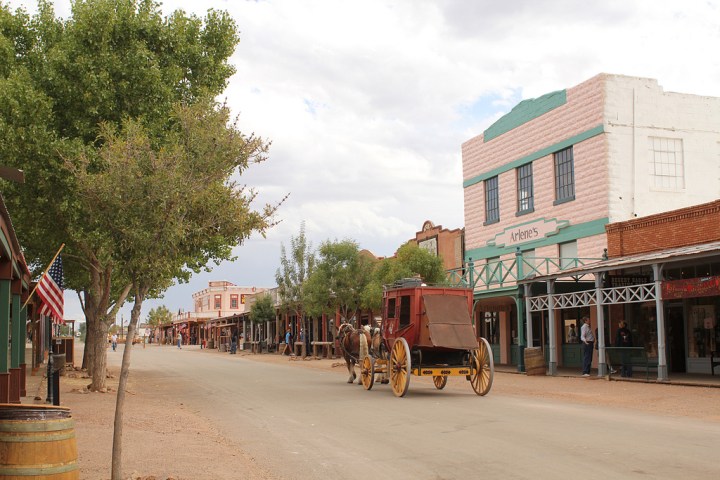
There's a reason this little historic town has the motto "The Town Too Tough To Die." The town was founded in 1879 by a former Army scout named Ed Schieffelin who had a habit of wandering the area looking for ore and he eventually found evidence of silver in 1877. By September of that year, Schieffelin filed a mining claim in the area and called it Tombstone as an affront to naysayers who claimed he wouldn't find anything but his tombstone in the desert.
Have you visited any of these towns? Let us know what you thought of them by leaving a comment on our Facebook fan page!
OnlyInYourState may earn compensation through affiliate links in this article. As an Amazon Associate, we earn from qualifying purchases.




